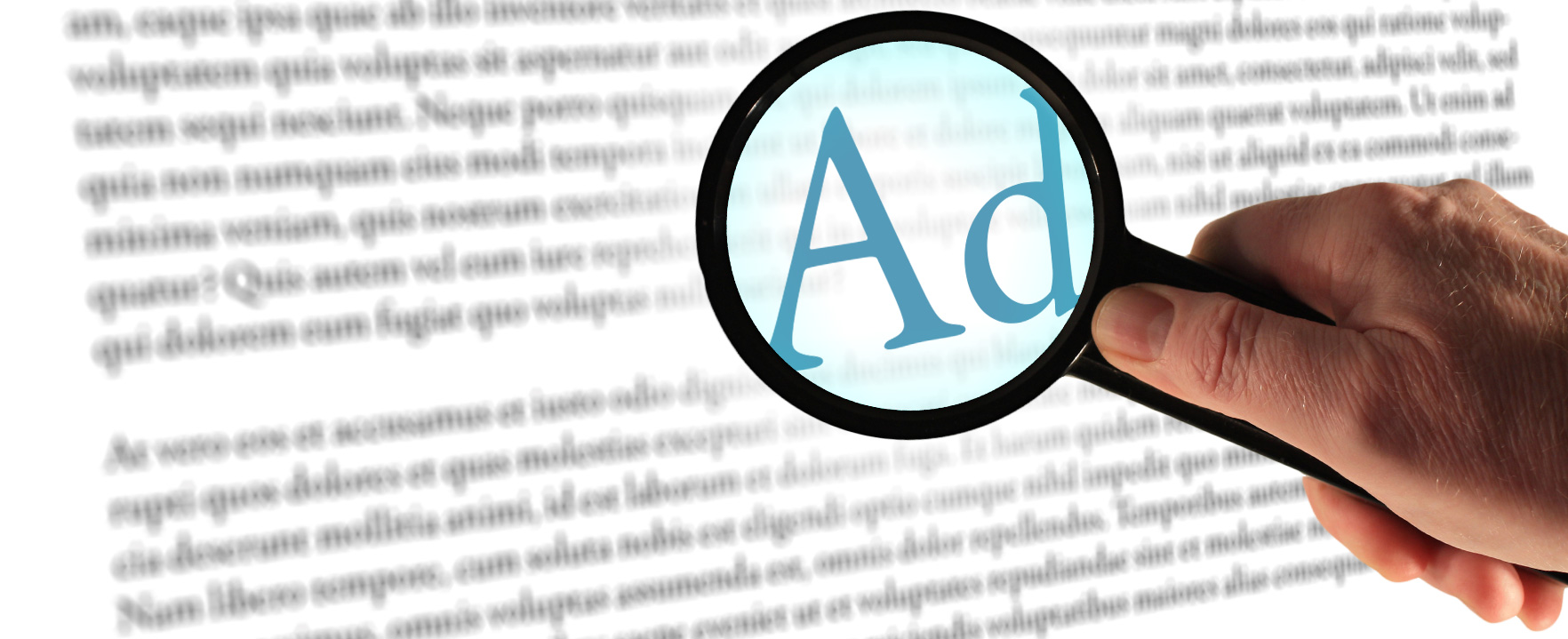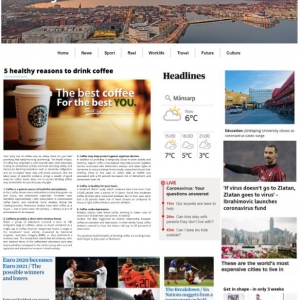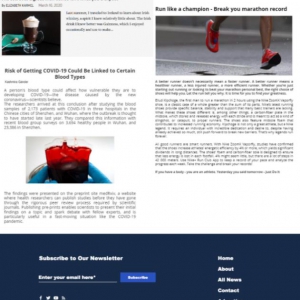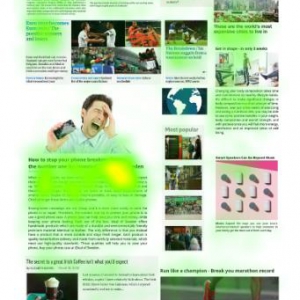The following case summary is based on a written interview with the authors.
What is your thesis about?
As online marketing and advertising have increased in popularity in recent decades, methods have also been developed to reduce consumers’ recognition ability. One such concept is native advertising, which aims to match the design and functions of the platform where the ad is displayed to minimise the marketing being perceived as disruptive. This method of marketing can lead to a reduced ability to identify the content as paid advertising. The purpose of our thesis was therefore to investigate whether native advertising with prominent brands affects consumers’ native ad recognition ability.
To answer our purpose, we used eye tracking where we in an experiment tested three different forms of how the brand is produced. Two versions of the test were developed to be able to compare whether the results differed between the test groups. Our test group was exposed to clearly represented brands in their native advertisements, while the control group had minimal appearance of the same brand. The results from the eye tracking experiment were then supplemented with a questionnaire about the experience and their ability to identify the content that advertising was compared and then analysed.
What did you investigate and what part did eye tracking play to find answers?
The experiment was designed to examine the extent to which consumers identify native advertising, depending on how the brand is produced. The tests were designed on a news platform created by us where the brands were exposed in either the title of an article, embedded in the body text or by including the company logo in the form of an image belonging to the article. The eye tracking equipment was used to measure consumers’ recognition ability in real time and we were able to use this to ensure that the results were not affected by the test persons’ memory or previous perceptions about paid advertising.
What results could you draw from your study?
The analysis showed that the people belonging to the test group who were exposed to clearly stated brands also found it easier to identify native advertising and thus the intention of the article. The result was the same regardless of the design of the brand. The results demonstrate the importance of clearly developed regulations regarding native advertising in order to avoid consumers being misled and feeling cheated.
Did you find any special benefits using eye tracking over other test methods?
The biggest advantage of eye tracking in our thesis was that we had the opportunity to examine the test subjects’ reactions in real time. Previous studies in the subject have often been shown to focus on feelings and opinions about the experience after being exposed to native advertising. These have therefore rarely been able to answer what can affect the recognition ability or if a low degree of recognition is due to being “cheated” by the ad or simply not even paying attention to the content. Through the eye tracking equipment, we were able to get answers from another dimension, namely the participants’ focus points, attention and presence in the exact moment, which could then be supplemented with the answers from a questionnaire related to the test. By using eye tracking, we were also able to obtain data that was completely impartial and unaffected by external influences or emotions, which is a great advantage in essay writing in general.
What was your approach in finding test subjects?
We marketed our project through the school’s portals and in different groups with students at the university. Students could then register their interest with us via a link or by contacting us in person. Despite the fact that Covid-19 complicated the process because distance studies were introduced and fewer students had the opportunity to stay at the school, we were still positively surprised by the number of interested people who wanted to participate. We finally tested 60 people and with the result in hand, that number could probably have been significantly higher under normal circumstances. The response from the participants was also very positive. As Eye tracking is not something everyone has experience of, it created an interest and curiosity about participating.
We heard you were awarded for your thesis. Please tell us more!
With the motivation that we implemented new methods to use in our thesis, we received an award for the most innovative thesis at the end of the semester and our bachelor’s degree. Something we obviously became very happy and proud of!
We are also very grateful that we had the opportunity to use and get acquainted with eye tracking. It will be an experience we take with us in our future working life as it is a technology that is well adapted to analysing different types of marketing in today’s society.



